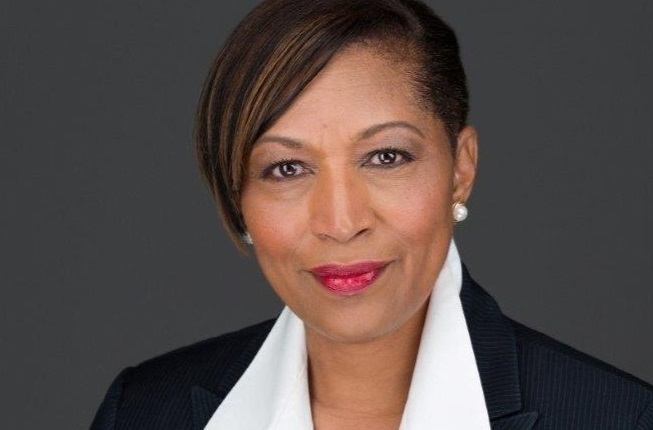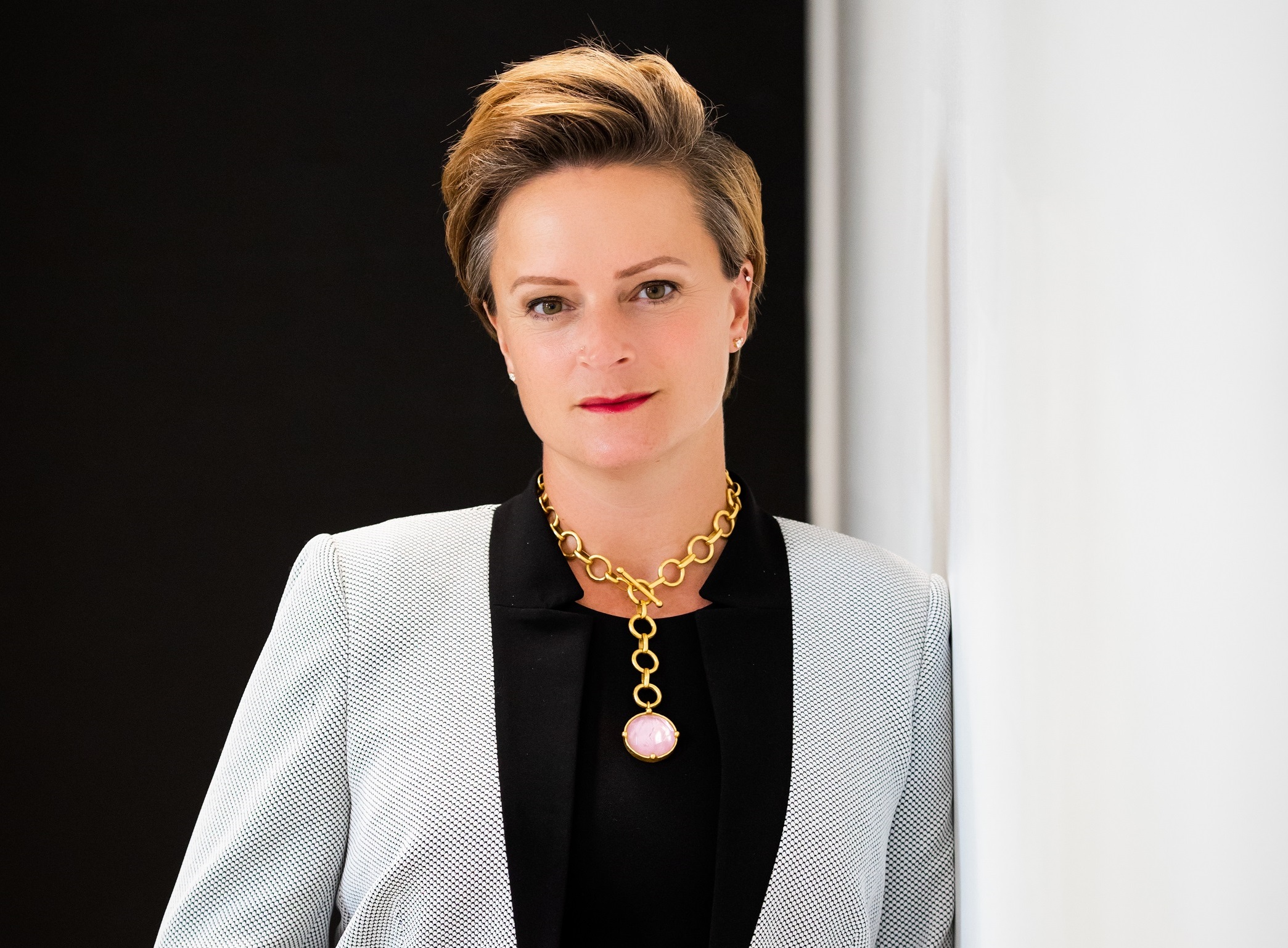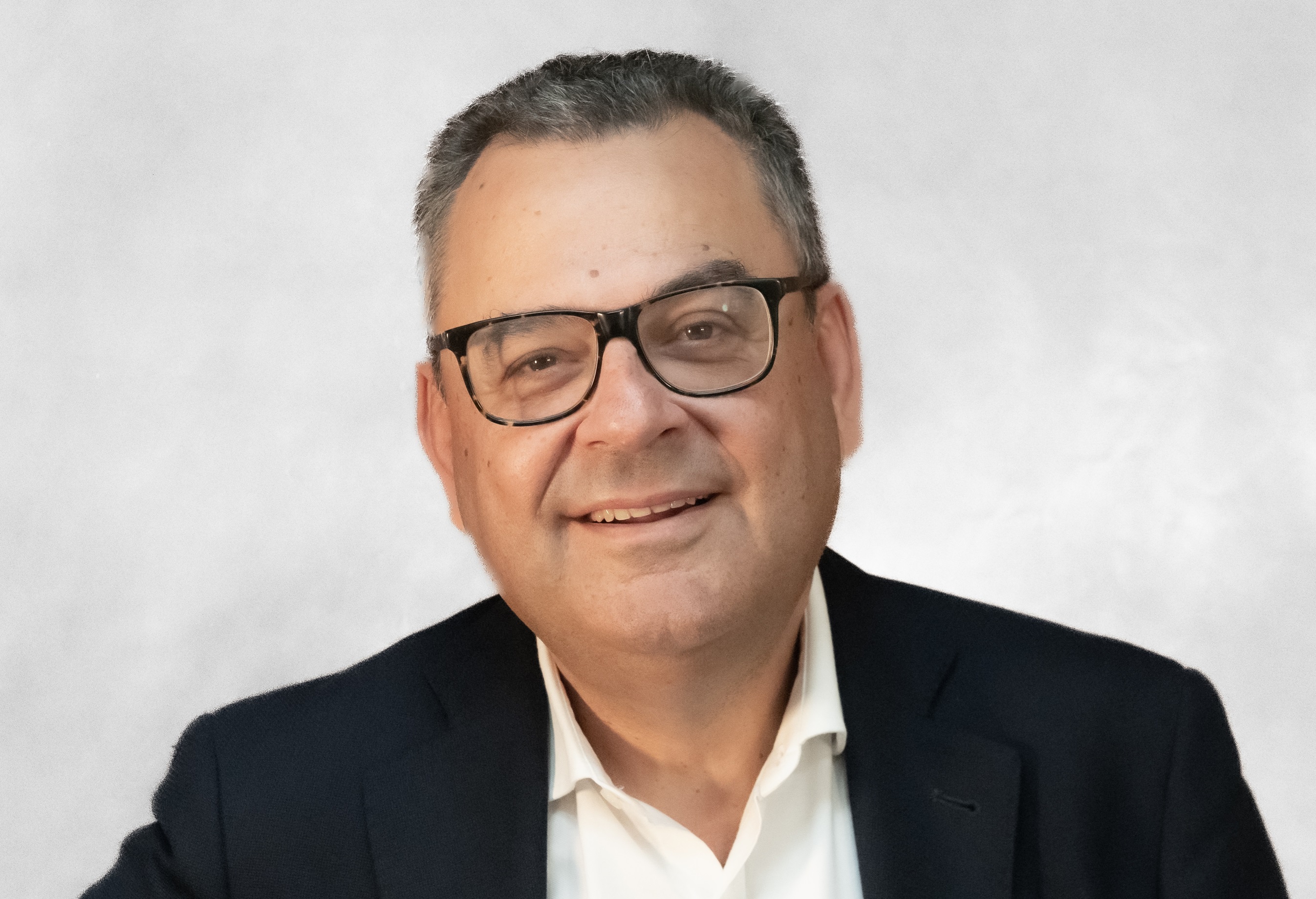
Positioning, navigation and timing (PNT) data provided by the US’s satellite-based global positioning system (GPS) is important for any number of things, from cellular networks synchronisation to getting directions while driving. Deriving largely from the use of radio spectrum, PNT is therefore a vital resource.
But relying on GPS alone to provide it creates an obvious vulnerability – which is why the US Federal Communications Commission (FCC) is looking for alternative solutions to complement GPS.
Step forward, geolocation company NextNav. In a recent filing to the FCC, it proposed rearranging the lower 900 MHz band to enable its use for terrestrial PNT services, as well as mobile broadband. There is only one problem, says Kathryn Clay, executive director and CEO of tolling organisation IBTTA.
“That portion of the spectrum is also used by the tolling industry for all of the transponders that communicate between vehicles and gantries,” Clay explains. “And that's what the tolling industry has relied on for almost 40 years, to make sure that payment succeeds and that it's done in a very effective and reliable way.”
Legitimate concern
A very high level of accuracy - less than 0.05% - is required by many jurisdictions in the name of fairness, and tolling operators have a financial obligation to their bond holders to ensure their systems are able to receive payment appropriately, she points out.
“You can't be letting people go through and charging some and not others,” says Clay. “And if there's interference with the radio spectrum and that ‘handshake’ of data can't occur, that means lost revenue. And at the end of the day, that either hurts consumers - because tolls would have to go up to cover the shortfall - or it hurts states, because they would have to come up with other revenue sources to fill the gap that they were relying on from tolling.”
IBTTA says the NextNav proposal “would introduce a new system for PNT, and that class of systems can be part of a backup to GPS”. Clay accepts the argument about GPS’s potential vulnerability: “There is a legitimate concern that GPS is a single point of failure, and that many things in our economy depend on GPS to function.”
“I think that's actually to our favour - that tolling is hard to put into a bucket of ‘Republican or Democrat’”
However, Clay argues that NextNav is only “one of many solutions” in this space. “Many other companies also provide similar services, and most of the others do not require bandwidth in the lower 900 to operate as NextNav is putting forward that they would need,” she insists. “So our position is very supportive of the national security goals, but we encourage the FCC to look holistically at all of the different solutions for backing up GPS, including ones that would not rely on displacing incumbents in the lower 900 MHz, such as tolling.”
She is cheered by the FCC’s Notice of Inquiry (NOI), issued on 28 March, which casts the net wider in terms of possible back-up for GPS. “We're very encouraged,” Clay says. “Our read of the FCC is that they have heard us and others, including other competitors to NextNav, who are now stepping up and saying: ‘We also have solutions’. And the FCC has taken a step back to be more general. There are many industries that utilise this part of the spectrum that would be disrupted. Normally, when you see a regulator moving towards a conclusion, they go from general to specific. We are really grateful to the FCC for their open-mindedness and for their pivot to a more deliberative, open perspective.”

‘Existential threat’
For its own part, NextNav has also sounded a positive note regarding the NOI. “We’re looking forward to working closely with the chairman, commissioners and broader stakeholder community to accelerate the deployment of resilient, complementary technologies that build important redundancies into a system we rely on every day,” said NextNav president and CEO Mariam Sorond. In a statement, the company added: “Leveraging low-band spectrum in the band where NextNav already holds extensive licences, our approach provides terrestrial backup to GPS that harnesses the power and scale of 5G—without requiring taxpayer funding.”
Clay insists that is incumbent on IBTTA “and all of the other industries that would be affected to keep making the case very strongly”. IBTTA plans to file extensive comments on the NOI: “We're also ramping up our engagement on Capitol Hill, as we know other industries are as well.”
“This industry doesn't need a disruptive force to make it think about the future”
Is there a plan B? “That's an excellent question,” she pauses. “I hope we don't get to the point where we have to figure out what Plan B is.”
This is because the NextNav proposal is, Clay believes, an “existential threat” to the tolling sector. “I think we might be looking at having to replace literally millions of transponders because of having to retune, and shift our operations, and rebuild,” she says. IBTTA believes this could mean an investment of “$2.4 billion-plus” to make systems compatible, along with “hundreds of millions of dollars of lost revenue”.
But whatever happens, nothing is likely to happen particularly quickly, which perhaps offers a sliver of hope. “I suppose you could take some comfort in that,” smiles Clay. “You know, maybe Plan B is: today, that would be an existential threat for our systems; but 10 years from now, we may be transitioning away from transponders into connected vehicles - whether that's a sensor in the vehicle or it's in the tag and the licence plate. So maybe Plan B would be negotiating a 10-year waiting period, once the tolling industry has been able to evolve into the next stage of its technology.”

Forward-thinking industry
Many observers – even, or perhaps especially, within the industry itself – see tolling as quite conservative. There has been talk for years of moving from transponders, so there’s an argument that disruption could even be helpful for the tolling sector in accelerating the deployment of new technologies and solutions.
Clay is patient enough to indulge ITS International’s kite-flying. “That's a really interesting question,” she says. “I think that there could be a lot of truth in what you're saying, and the line between being destructive and [being] motivating would be the timeline of implementation. As big an industry as this is, and as distributed as the technology is among literally millions of users, I think that having an adequate timeline for rollout would be essential in that kind of scenario. But I also think that this industry doesn't need a disruptive force to make it think about the future. This is an industry that's already thinking very hard about how to bring the next generations of AI and machine learning and connected vehicles. And so I would push back a little bit about whether we need a NextNav to push us into being forward-thinking - because we already are very forward-thinking industry.”
Clay’s experience of trade associations, US politics and of working across the aisle will serve IBTTA well as the organisation engages with policymakers and regulators such as the FCC. She was trained as a scientist, with a PhD in physics, and a master's degree in electrical engineering. “I first came to Washington, DC as a science advisor for a year to work for a senator,” she recalls. “I ended up getting caught in the DC orbit - just loved it. And the reason I loved it was I found that being in the role of a translator between science and technology and ‘policyspeak’ was something I was good at and that I really enjoyed. A career is about finding what's your best and highest use.
“It's just about finding the arguments that resonate with whichever side is holding on to power”
"And I think it's fair to say that there's a limited universe of people that are like me, who like talking tech and talking policy and like switching back and forth pretty rapidly. So every industry that I've had the privilege of working in since I left Capitol Hill has had that in common. They've always been industries that had a high tech component, that had something important they needed the government to understand about their role and what kind of support - or lack of intrusion - they needed. You're always going to have the technology side and the policy side, and that is my sweet spot.”
Does the Trump-Vance administration in the US present opportunities for tolling that perhaps weren't there under Biden-Harris? “Well, the first thing to say is that this is a wonderful industry to represent, because our transportation infrastructure, our roads, our tunnels, our bridges, they're not Democrat bridges and Republican roads - they're all bipartisan,” she smiles. “And I think that people of all political stripes agree that there is a role for government in providing and maintaining a sound, resilient, efficient national infrastructure. So we've got that base to start with: we all have somewhere we can begin with agreement.”
History lesson
She does see opportunities. “If you look at some of the Project 2025 information that was not part of the official Trump transition plan, some of those documents do nod towards user fees and the idea of using the market and paying for service, [so] those are resonating with the political philosophy of the Trump-Vance administration,” Clay points out. “The other thing that I'm learning – and [IBTTA president] James Hofmann is a wonderful resource on this history – is that over decades, it's almost as if the political parties switch on how they feel about [tolling].
"There have been times when Democrats have been less supportive to tolling because they felt it was regressive. There have been other times where Democrats have pointed out that this is a great way to get roads built to serve underserved communities. There are times when Republicans feel like this is the market working, this is leaning into market forces. There are other times when Republicans say that tolling is just another form of a tax and ‘we're against taxation’. So I think it depends on the state government environment. It depends on the part of the conversation that the state is in: whether they've just built new tolling infrastructure or they're considering building it. So I think that's actually to our favour - that tolling is hard to put into a bucket of ‘Republican or Democrat’. It's just about finding the arguments that resonate with whichever side is holding on to power in that state or in the White House.”

Predicting the future is always fraught with uncertainties, but IBTTA is giving it a go with its new, five-year strategic plan, led by Hofmann. “I think five years is the longest time frame IBTTA has ever considered in a strategic plan,” Clay suggests. “I really applaud the idea of thinking further out, because it's hard to imagine; it's hard to get out of our day-to-day, status quo thinking. And if you force yourself to think about five years out, you might actually get most people thinking about two-and-a-half years out, right? I don't think it had anything to do with the new administration coming in. I think it was just James's recognition - as a CEO himself - that with strategic planning, if you can get people to try to think longer term, you're more likely to get more creative ideas on the table. James has challenged us to think about five years, but then also to bring it back to ‘what do we want to do in the next year?’
In some ways this sounds like two kinds of strategic planning at the same time. “I don't know how it will play out, but I think it's a really worthwhile effort,” Clay concludes. “And you learn more by asking more questions. And so we'll ask people what they want to do in a year, and we'll ask people what they want to have their association look like in five years, and we'll get a lot of great feedback on both questions.”












